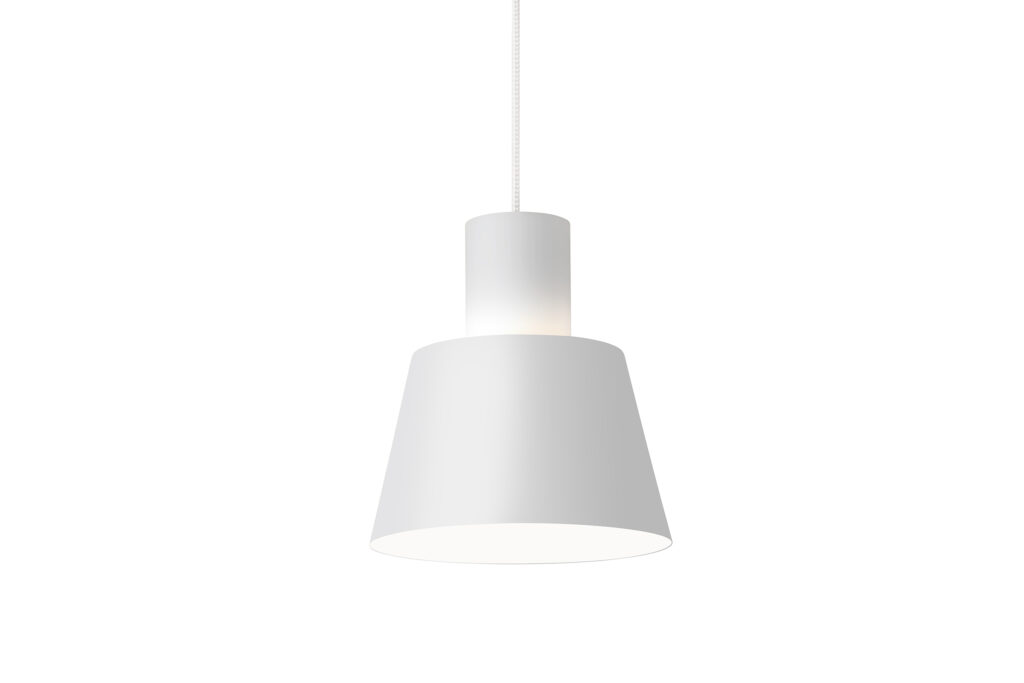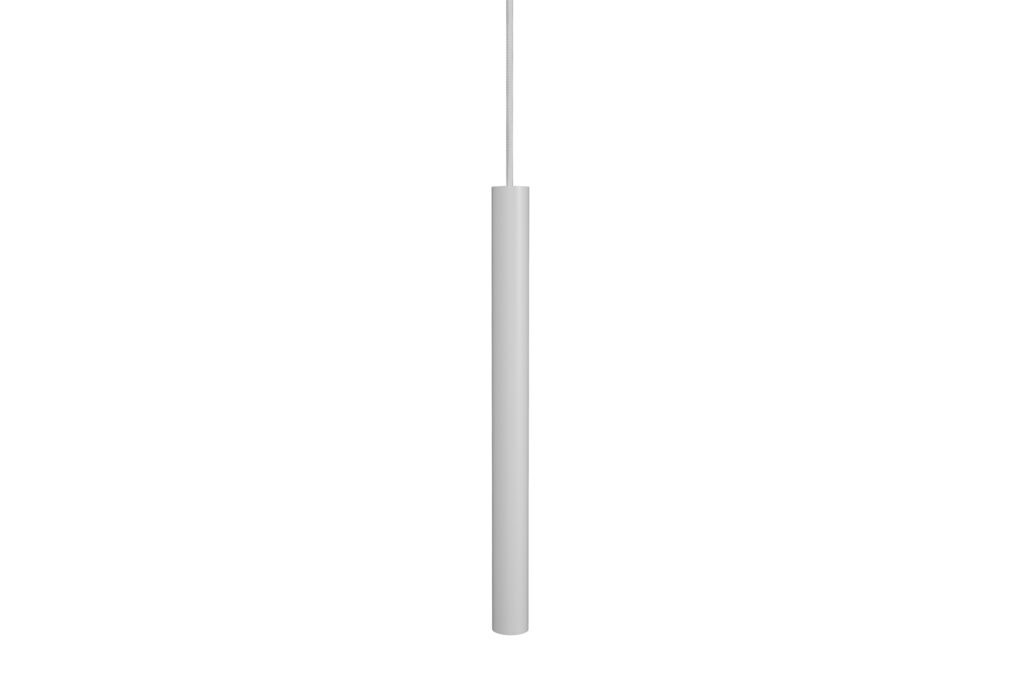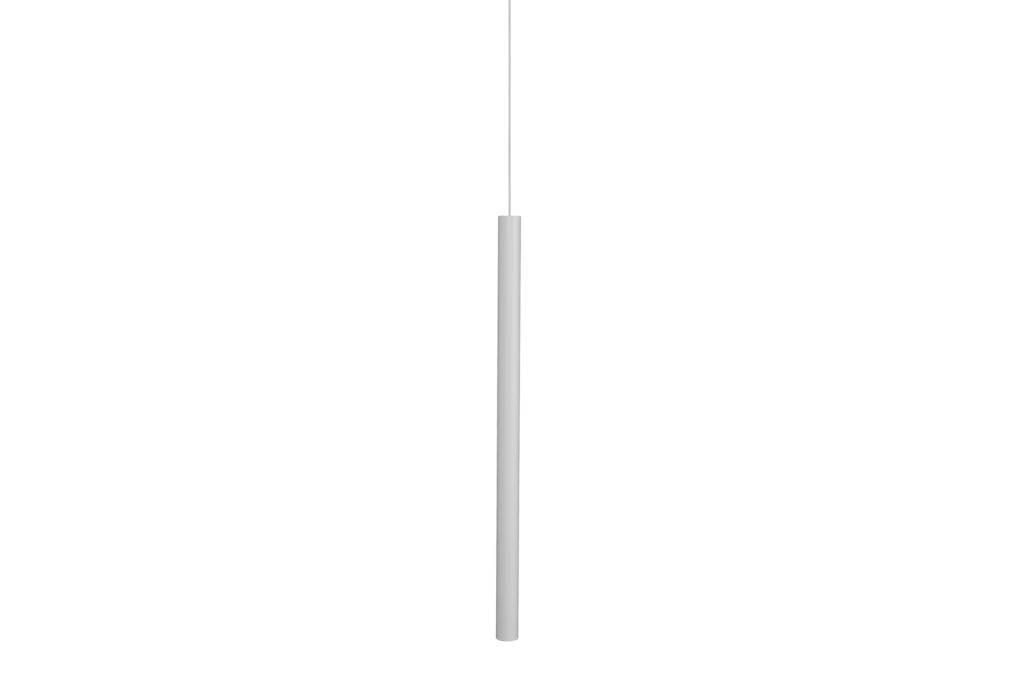Types of light sources
- Af Martin Mikkelsen
- Last updated 6. August 2024
Integrated LED vs. GU10
When it comes to choosing the right light source, many are faced with the choice between integrated LED and GU10 bulbs. But what is the difference, and when is it best to use one over the other?
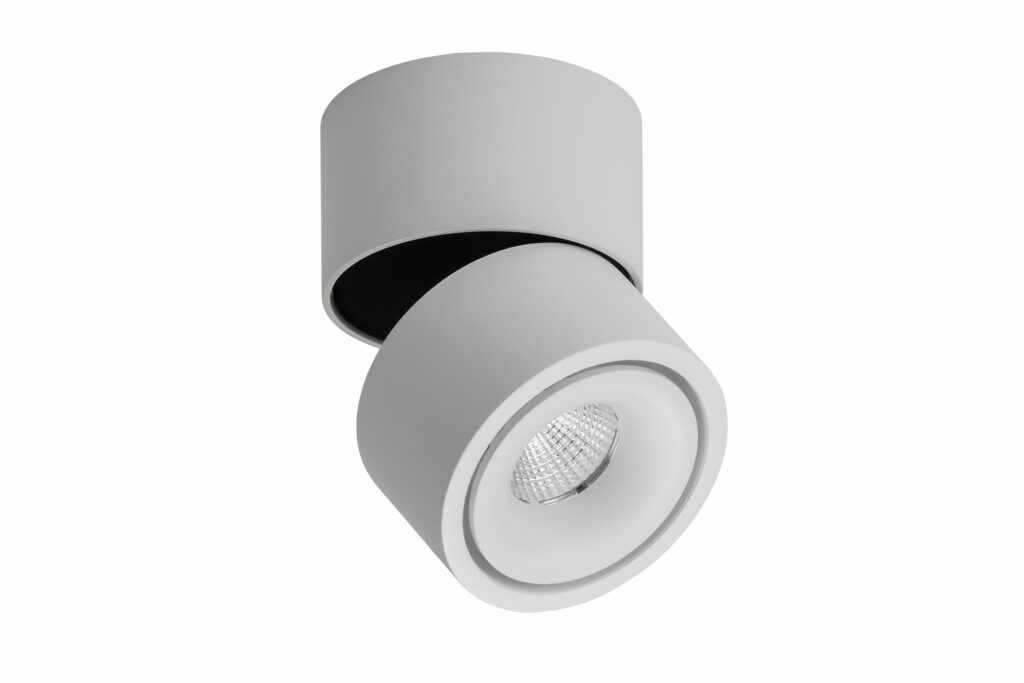
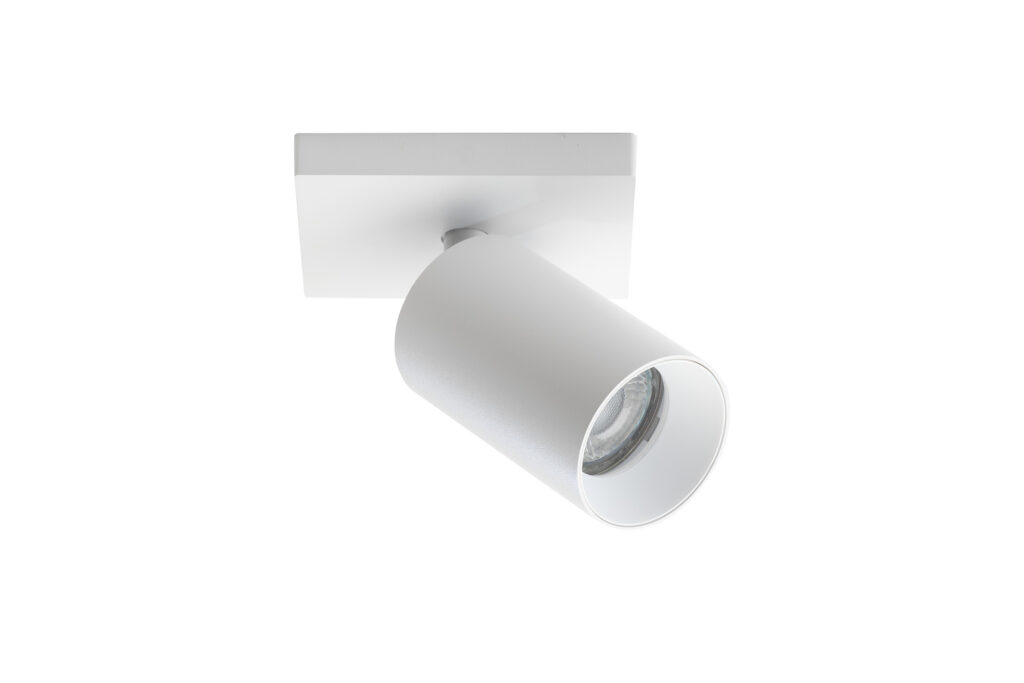
The choice between integrated LED and GU10 can also depend on the aesthetic expression you want to create. Integrated LED solutions often offer a more streamlined and modern look, while GU10 bulbs can provide more traditional or industrial design options.
At ANTIDARK, we offer a wide range of lighting options that include both integrated LED solutions and fixtures designed for GU10 bulbs, so you can find the perfect lighting for any space and need.
A bit about the author:
Martin Mikkelsen
Share post:
Related posts:
Integrated LED
Integrated LEDs are light sources where the LED technology is built into the fixture itself. These are known for their long lifespan and energy efficiency, as they often use less power than traditional bulbs. Integrated LEDs are an excellent solution for those who want a modern, maintenance-free lighting solution. They are ideal in rooms where the lighting is often on for extended periods, such as living rooms and kitchens, as they can reduce energy costs and minimize the need for replacement.
GU10 bulbs
are replaceable light sources that fit into standardized sockets. They offer flexibility, as they can be easily replaced and come in a variety of different brightness levels and color temperatures. GU10 bulbs are suitable for areas where lighting needs may change, such as in exhibition areas or stores, where different types of lighting may be desired to highlight products. They are also practical in home work areas, like workshops or home offices, where there may be a need to replace a bulb quickly and easily.
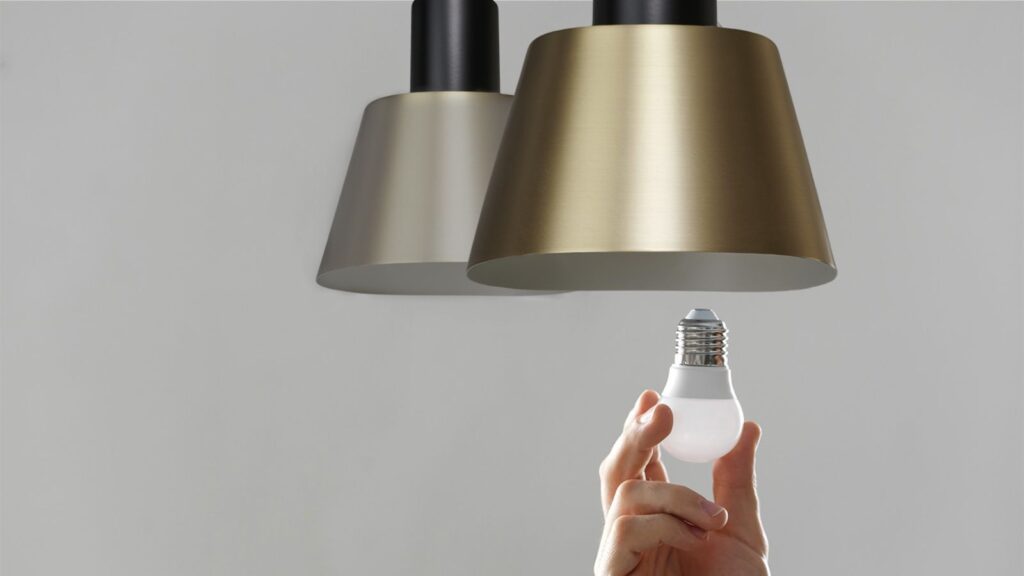
In addition to integrated LED and GU10 bulbs, there are a number of other light sources, each with their own unique characteristics and applications. Here are some of the most common types:
- Incandescent bulbs: The traditional bulbs that many are familiar with, but which have become less popular due to their high energy consumption and shorter lifespan.
- Halogen bulbs: A type of incandescent bulb that uses halogen gas to increase light output and lifespan. They are more energy-efficient than traditional incandescent bulbs, but less so than LEDs.
- Compact Fluorescent Lamps (CFLs): These bulbs use less energy than traditional incandescent bulbs and have a longer lifespan. However, they contain mercury, which can make disposal more complicated.
- Fluorescent tubes: Often used in commercial spaces and workshops for their efficient and even light. They are energy-efficient and have a long lifespan, but the light quality can be less appealing in homes.
- High-Intensity Discharge Lamps (HIDs): These are typically used in large open areas, such as streets, parking lots, and stadiums. They include types such as metal halide and high-pressure sodium lamps.
- Neon lights: Known for their use in signs and decorative lighting, neon lights offer a wide spectrum of colors and are energy-efficient.
- Smart bulbs: These LED-based bulbs can be connected to the internet and controlled via an app on a smartphone or tablet, allowing for remote control and customization.
- Filament LED bulbs: These are designed to resemble traditional incandescent bulbs with visible “filaments,” but use LED technology to be more energy-efficient.
- Xenon bulbs: Often used in projectors and car headlights, these bulbs use xenon gas and provide a strong, clear light.
- Organic LEDs (OLEDs): A newer technology where the light source is an organic material that emits light when an electric current passes through. OLEDs are known for their soft, even light.
Each light source has its advantages and disadvantages, and the choice depends on the specific application, desired atmosphere, energy efficiency, and personal preferences. It is important to consider these factors when choosing lighting for a given space or purpose.

